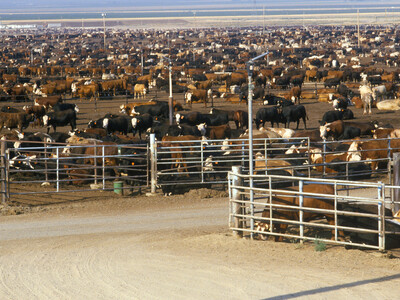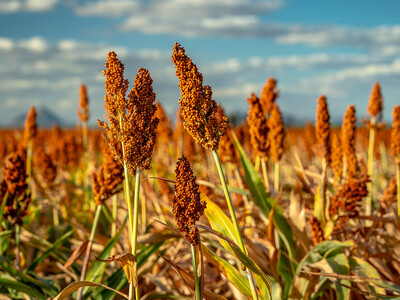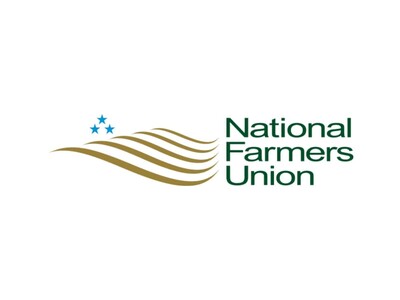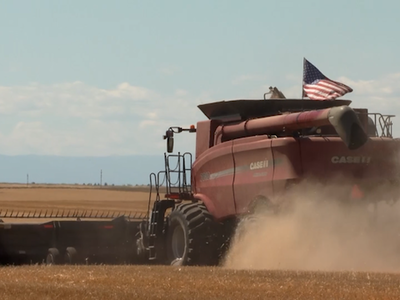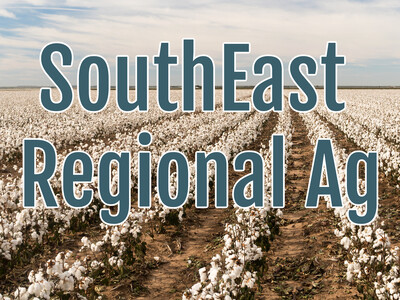Fireproofing Forests
If you own forestland in Central Oregon, then you take the threat of wildfire very seriously. Ken Thomas, a woodland owner with 7,200 acres in northern Wasco County, told me that Just about every few years, he gets a wildfire coming through his area and if he didn’t do something to treat the forest, the whole area would be gone with the fire.” That’s why Thomas is doing proactive forest management to reduce the risk of catastrophic wildfire. He’s working with the USDA Natural Resources Conservation Service (NRCS), the Oregon Department of Forestry (ODF) and the Wasco Soil and Water Conservation District (SWCD) to do pre-commercial thinning, pruning and brush management on a 625-acre tract of his woodlands, which consist mostly of ponderosa pine.
With financial incentives from NRCS, contractors thinned the trees on Thomas’ property last year. This spring, they burned the piles of slash material. “Five years ago, you couldn’t walk through here because of all the manzanita bushes,” Thomas said. “They were more than six feet tall in some areas. It was a fire disaster waiting to happen.”
But thanks to the recent thinning project with NRCS, contractors cleared out the manzanita and opened up the understory. His stocking rate is now between 150 to 175 trees per acre.
“Now that we’ve done the thinning, if a fire came through it would kill very few trees,” Thomas said. “It would stay low to the ground.”
“Pre-commercial thinning is a recommended conservation practice for reducing wildfire risk, because it removes the excess vegetation that causes a fire to spread higher into the canopy where it burns hotter and causes the most damage,” said Garret Duyck, NRCS soil conservationist in Wasco County. But wildfire resilience isn’t the only benefit of pre-commercial thinning; forest health is also a key factor. Ken’s trees are now poised to grow taller, stronger and healthier, which is good both for the ecosystem and his bottom line. Ken says he also sees much more deer on the property now because they prefer the open understory provided by thinning.
“A healthy forest needs to be fully-functioning,” he says. “It’s about growing better trees that will have better value, but in order to do that, you need to have a fully-functioning plant and animal system.”
Ken is one of 13 landowners participating in the project, called the Wasco County Forest Health Improvement Project. Under this project, NRCS provides Ken with financial incentives to help offset the cost of the thinning. Meanwhile, foresters with ODF give Ken science-based guidance to help him implement a forest management plan, and the Wasco SWCD provides additional financial and technical support. Ken also has an easement on the property with the Rocky Mountain Elk Foundation to support wildlife habitat. “This has been an incredible team effort,” Thomas said. “It’s amazing to have all these partners come together to produce a result that looks like a unified, single effort, but it’s really a community of activity.”






